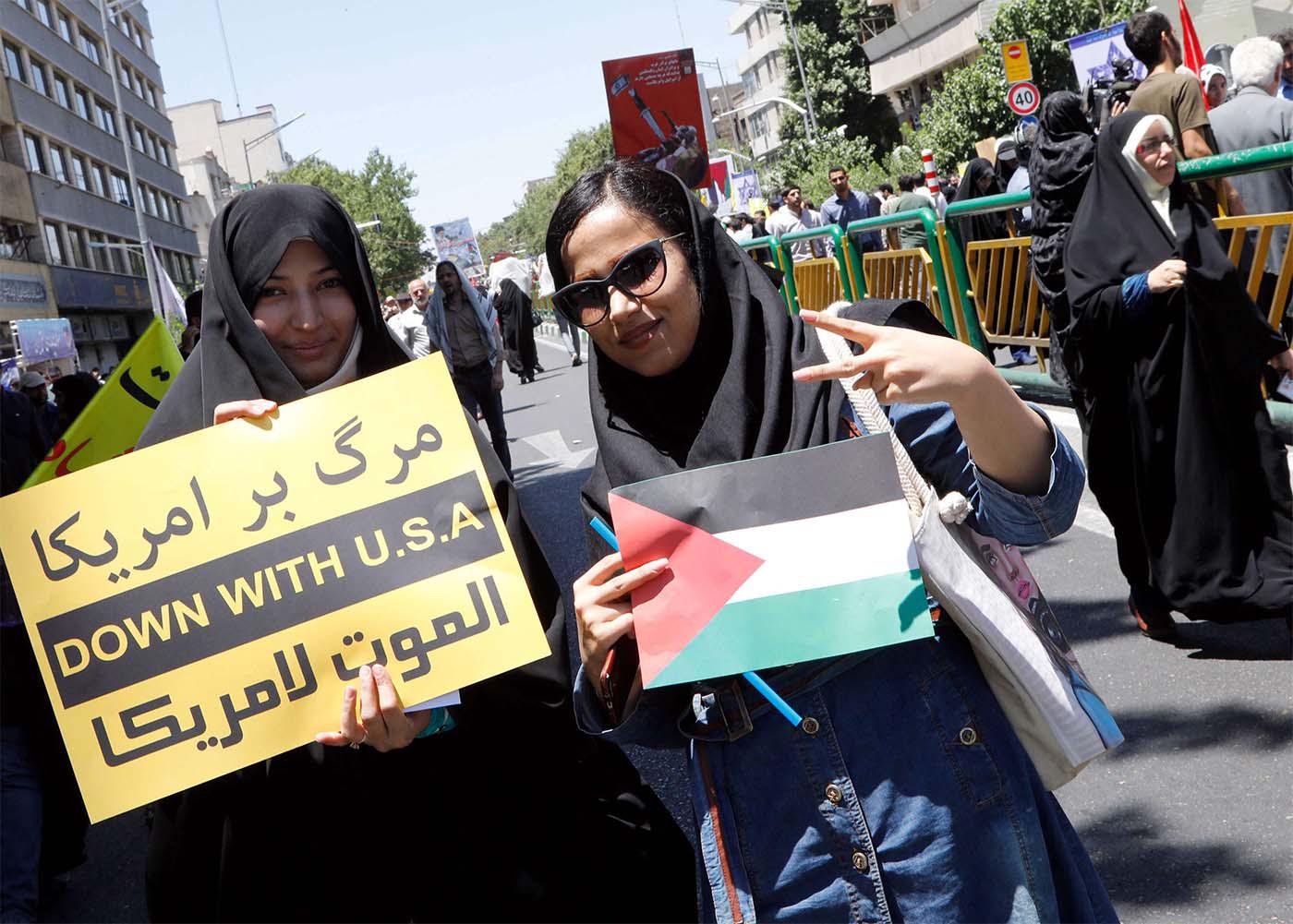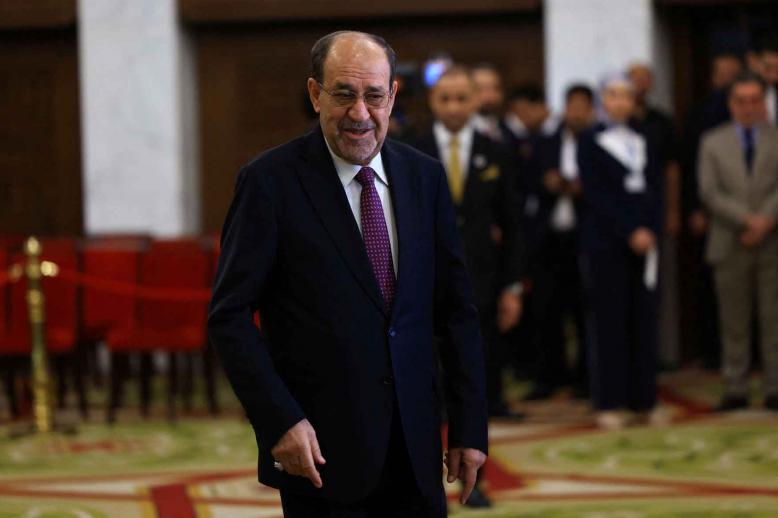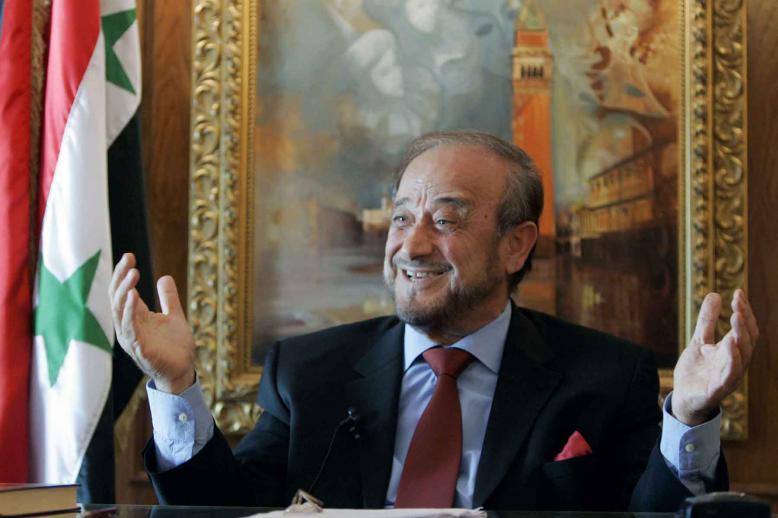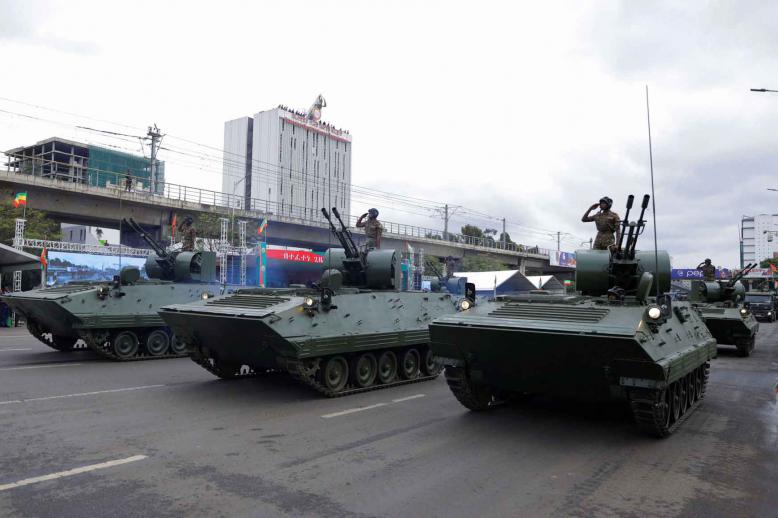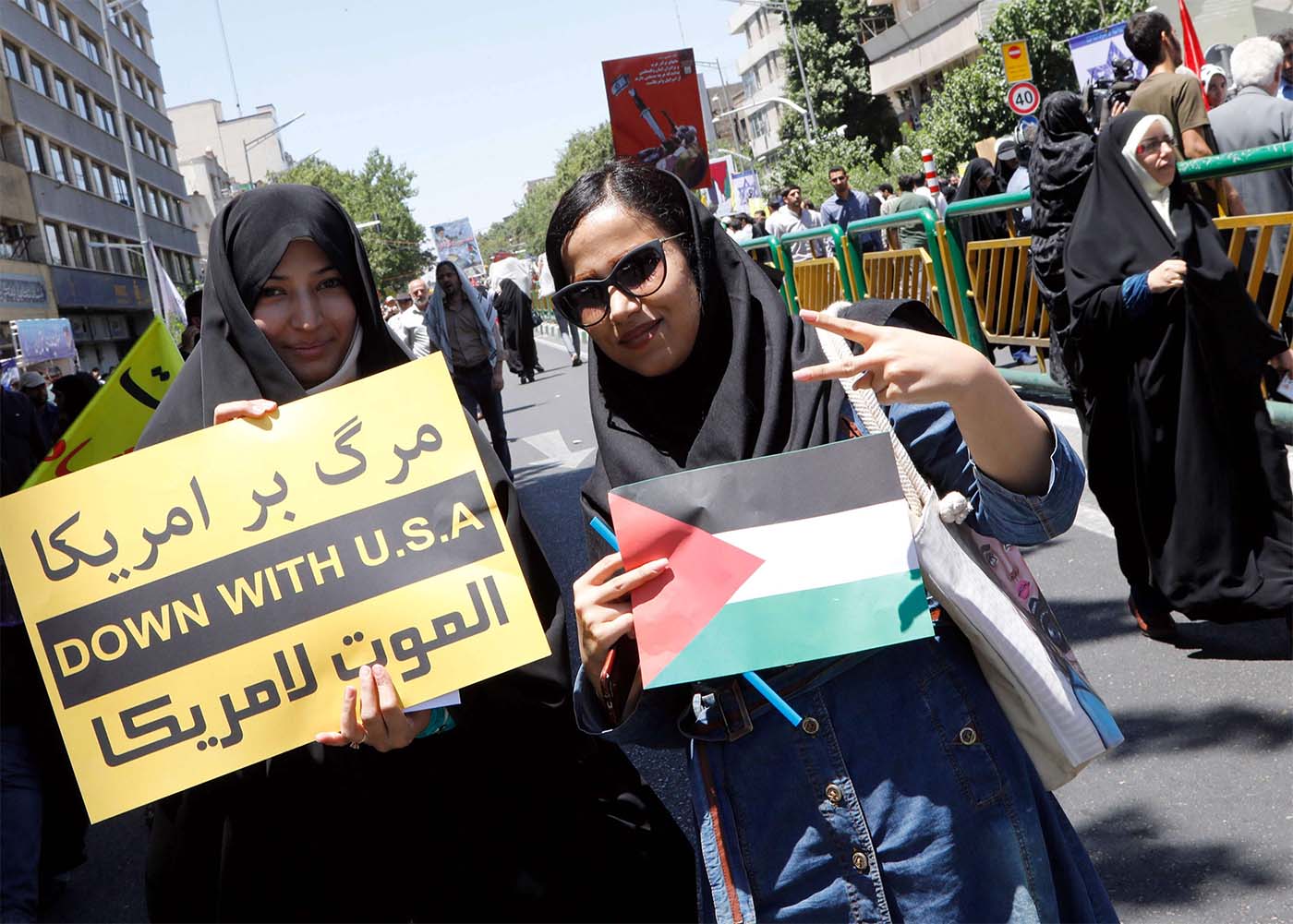New phase of cat-and-mouse tussle between US, Iran begins
The decision by the Trump administration to end eight waivers to buyers of Iranian oil opens a new phase in the cat-and-mouse tussle between the United States and Iran.
Iran’s oil customers — some of which have good political relations with Washington — are not the main prey but they face possible US sanctions if they continue buying Iranian crude.
The eight countries granted “significant reduction exceptions” in November had been in intensive talks with US officials lobbying for continued waivers in return for reducing their Iranian intake. India, for example, wanted 300,000 barrels per day (bpd), while China, which has been buying around half of Iran’s oil exports, is in talks over a wider trade agreement with the United States.
Secondary sanctions require discretionary executive actions and are not automatic. In demanding buyers “err on the side of caution,” US Secretary of State Mike Pompeo suggested bargaining may continue, so bringing US officials into micromanagement of oil purchases.
Since the designation of Iran’s Islamic Revolutionary Guard Corps (IRGC) as a “foreign terrorist organisation,” the United States has agreed “exceptions” for some governments, companies and NGOs dealing with the IRGC, for example allowing Iraqi officials to maintain contacts.
Hence predictions on oil exports are for the brave and the foolish. “Experts have no consensus beyond that ‘zero exports’ is not realistic,” said Michel Makinsky, general manager of consultants Ageromys International. “Will [US President Donald] Trump sanction those who continue imports?
“Some states are more exposed and China and Turkey are top of the list. With China and America struggling in a trade and strategic battle, Beijing may try to ‘cheat’ but cannot afford a confrontation. Turkey is likely to show a more defiant posture, as it is negotiating with Russia the implementation of the S-400 [air defence missile system] contract.”
India is another case. Intriguingly, the United States has extended the waiver for New Delhi’s work on Iran’s Chabahar Port on the Gulf of Oman, designed primarily to boost India’s trade with central Asia.
Iran’s oil exports are already opaque, given various subterfuges, including tankers turning off responders. Analysts agree that exports rose as buyers stocked up before Washington’s decision on waivers but estimates varied.
S&P Global Platts put Tehran’s oil and condensates exports for March at an average 1.7 million barrels bpd, close to levels before US sanctions in November, with China importing 628,000 bpd. Other analysts put March levels at 1.3 million bpd.
Iran’s exports in early April fell, with Refinitiv Eikon estimating them at less than 1 million bpd. This is a stark fall from 2.3 million bpd before Trump withdrew last May from Iran’s 2015 nuclear deal with world powers, the Joint Comprehensive Plan of Action (JCPOA), and the subsequent fall in exports earnings sent Iran’s economy into recession.
Iran has taunted Washington over its claim it can reduce Iran’s oil exports to zero. Tehran’s finances have been bolstered by the 50% jump in oil prices since December, due to OPEC production limits, Libyan instability and US sanctions against Venezuela and Iran.
However, unless prices continue to rise, a further reduction in Iran’s exports — perhaps to 700,000-800,000 barrels a day — would bite. The Economist Intelligence Unit forecast of a 3.7% GDP contraction for Iran in 2019, following a 4.6% fall in 2018. This assumes oil revenues of $44.2 billion, which looks optimistic.
So far, Iranian Supreme Leader Ayatollah Ali Khamenei has managed a broad political consensus for maintaining coordination with Europe, Russia and China as the parties work to develop payment methods avoiding the US dollar.
“The general sense [in Iran’s political class] is waiting for 2020 [the US presidential election], since almost all Democratic Party candidates want to re-enter the deal [JCPOA],” said Saeid Golkar, visiting assistant professor of political science at the University of Tennessee at Chattanooga. “The problem to how to handle the situation until 2020 and there are no guarantees Trump won’t be re-elected.”
Diplomats and analysts sense that the United States’ Iran policy is driven by “hawks” such as national security adviser John Bolton. Their aim, Makinsky said, may be to push Iran into rejecting the JCPOA or taking other provocative steps, perhaps impeding tankers in the Strait of Hormuz, through which a large percentage of the world’s oil passes.
“Recent statements by IRGC commanders on a potential Hormuz blockade should Iran not be free to send tankers illustrate such a risk,” said Makinsky. “For sure, the supreme leader is aware of such traps and is pushing for both harsh rhetoric and very cautious behaviour on the ground.”
So might Iran talk? Writing in US publications, including LobeLog, Hossein Mousavian, the Princeton-based former Iranian diplomat involved in past nuclear negotiations, sketched some possibilities.
“Trump’s administration hopes Ayatollah Khamenei will come to the table,” said Golkar. “As far as we know, Khamenei’s policy is still to wait but if Iran cannot sell oil at all, its calculus will change. That could mean negotiation, although its chances [of success] are next to nil.”
Gareth Smyth has covered Middle Eastern affairs for 20 years and was chief correspondent for The Financial Times in Iran.
Copyright ©2019 The Arab Weekly


